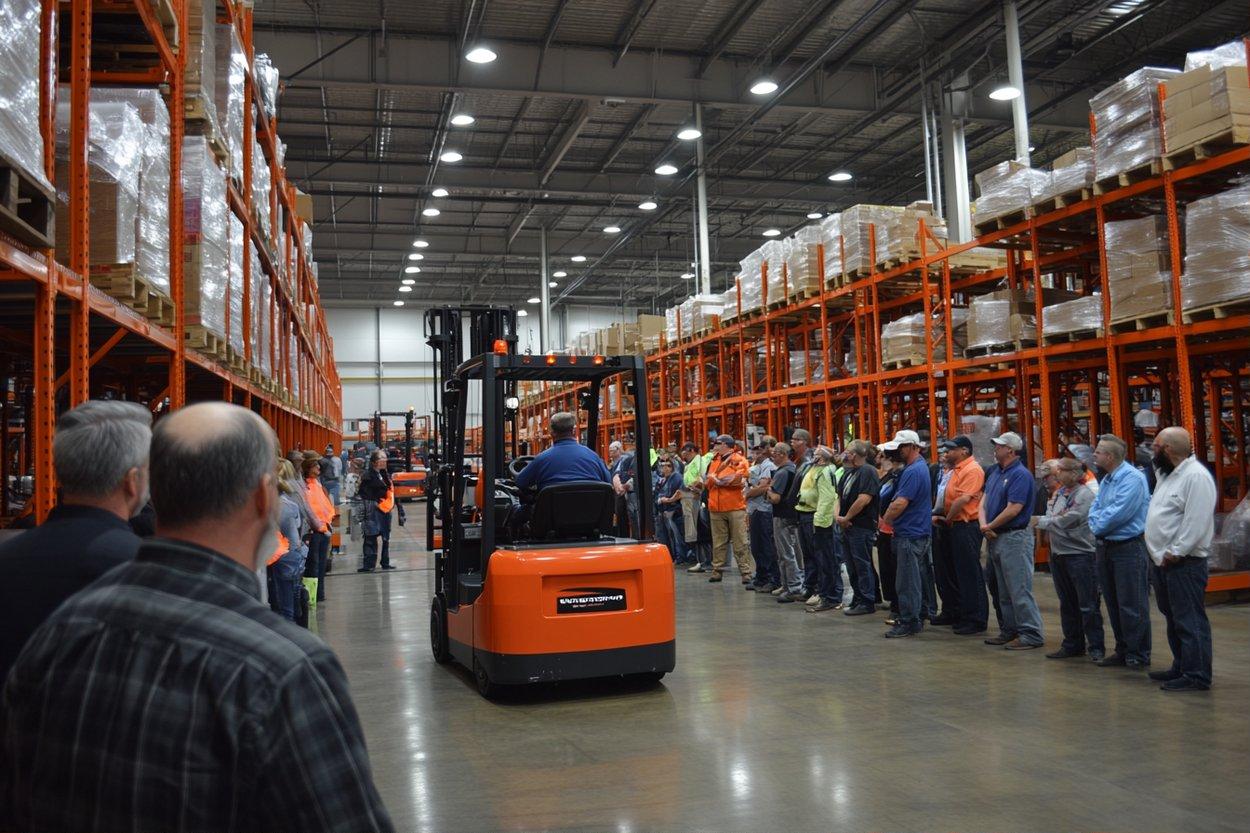Reducing Total Cost of Ownership for Capital Equipment Through Strategic Procurement
Reducing the total cost of ownership (TCO) for capital equipment requires more than negotiating a purchase price. Strategic procurement aligns sourcing, onboarding, maintenance, and lifecycle planning to lower long-term asset costs, improve reliability, and manage risk. By combining careful vendor selection, inventory optimization, digitization, compliance checks, and sustainability measures, organizations can make capital investments that perform predictably across their full lifecycle and deliver measurable value to operations and finance.

How procurement strategy affects TCO
A procurement strategy focused on TCO shifts attention from upfront spend to long-term value. This involves assessing total lifecycle costs for assets and structuring contracts that address maintenance, spare parts availability, warranty terms, and vendor responsiveness. Strategic sourcing prioritizes suppliers that provide clear service-level agreements and predictable lead times, reducing downtime risk and unplanned emergency spend. Procurement teams should integrate risk assessments and compliance requirements at the sourcing stage so that asset reliability and regulatory obligations are part of price negotiations.
Lifecycle planning for capital assets
Lifecycle planning ties acquisition to operation, maintenance, and disposal costs. Establishing a documented lifecycle for each asset class enables budgeting for periodic maintenance, upgrades, and end-of-life recycling or resale. Decisions such as modular design, spare-parts commonality, and standardization across sites can lower inventory complexity and enable bulk purchasing. When lifecycle forecasts feed into procurement, organizations avoid fragmented buys that inflate total cost through incompatible parts or frequent retrofits.
Maintenance, reliability, and risk management
Preventive and predictive maintenance programs reduce unexpected failures and extend useful life. Procurement can require vendors to provide condition-monitoring tools or support integration with onsite systems. Reliability-centered procurement also evaluates mean time between failures (MTBF), repair time, and service network coverage. Including risk-sharing clauses and defined response times in contracts helps contain emergency repair costs and aligns vendor incentives with operational reliability goals.
Vendor selection, onboarding, and compliance
Vendor selection should weigh technical fit, financial stability, and capability to support onboarding and ongoing service. A structured onboarding process ensures vendors meet compliance and reporting requirements, reducing regulatory risk and administrative overhead. Effective onboarding accelerates parts identification, warranty registration, and supplier integration with inventory and maintenance systems. Contract terms that specify training, documentation, and transfer of knowledge improve asset uptime and reduce reliance on external specialists.
Inventory, sourcing, and optimization practices
Inventory optimization balances carrying costs against the risk of stockouts. Strategic procurement uses demand forecasting and parts classification to prioritize critical spares and reduce redundant inventory. Centralized sourcing or framework agreements for common components enable volume discounts and consistent quality. Where appropriate, consignment stocks or vendor-managed inventory arrangements remove carrying costs from the buyer and improve parts availability, helping to minimize both downtime and excess capital tied to slow-moving items.
Digitization, analytics, pricing insights, and sustainability
Digitization and analytics support continuous TCO reduction by surfacing patterns in maintenance, usage, and supplier performance. Data-driven procurement decisions—based on condition monitoring, lifecycle analytics, and total-cost models—enable targeted investments that improve reliability and reduce waste. Sustainability criteria, such as energy efficiency and recyclability, increasingly factor into TCO calculations and long-term regulatory risk.
| Product/Service | Provider | Cost Estimation |
|---|---|---|
| Industrial pump package (installed) | Grundfos | $20,000–$60,000 |
| Medium-voltage electric motor | Siemens | $10,000–$40,000 |
| Standard-class hydraulic excavator | Caterpillar | $100,000–$300,000 |
Prices, rates, or cost estimates mentioned in this article are based on the latest available information but may change over time. Independent research is advised before making financial decisions.
Practical cost insights often show that purchase price may represent only 20–30% of TCO for equipment with significant maintenance, energy, and downtime impacts. Real-world procurement savings generally come from reducing maintenance hours through reliability improvements, negotiating longer warranty or service periods, standardizing parts to lower inventory overhead, and leveraging analytics to shift from reactive to predictive maintenance. When concrete provider pricing is unavailable, benchmarking by equipment class, complexity, and installed power can guide budget estimates and vendor comparisons.
Conclusion
Lowering TCO for capital equipment requires coordinated actions across procurement, maintenance, inventory, and analytics. By embedding lifecycle thinking into sourcing decisions, enforcing robust onboarding and compliance, and using digitized data to inform optimization, organizations can reduce risk, improve reliability, and ensure capital assets contribute positively to long-term operational efficiency and sustainability.





